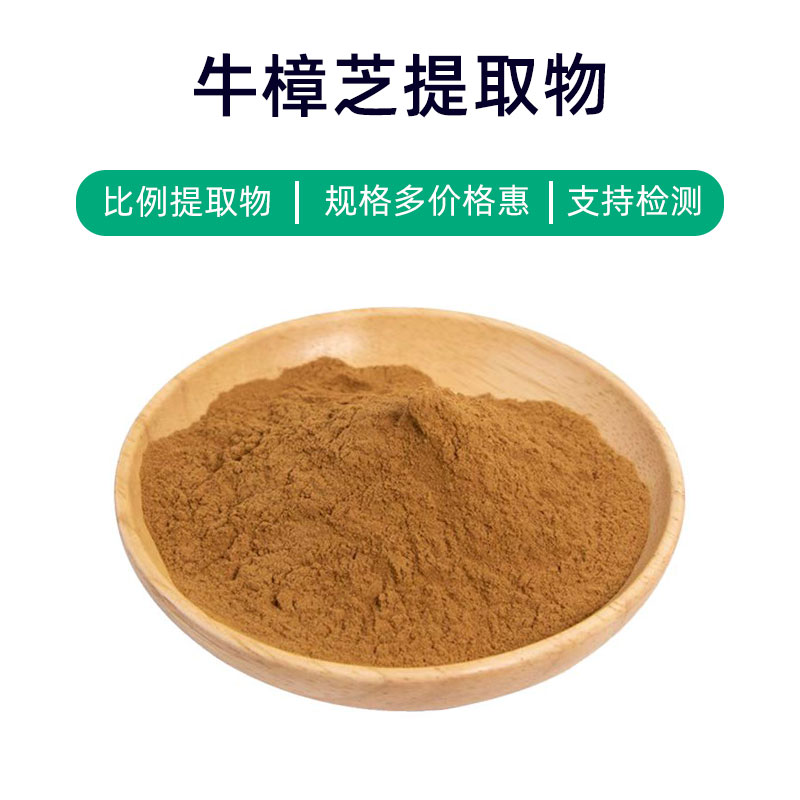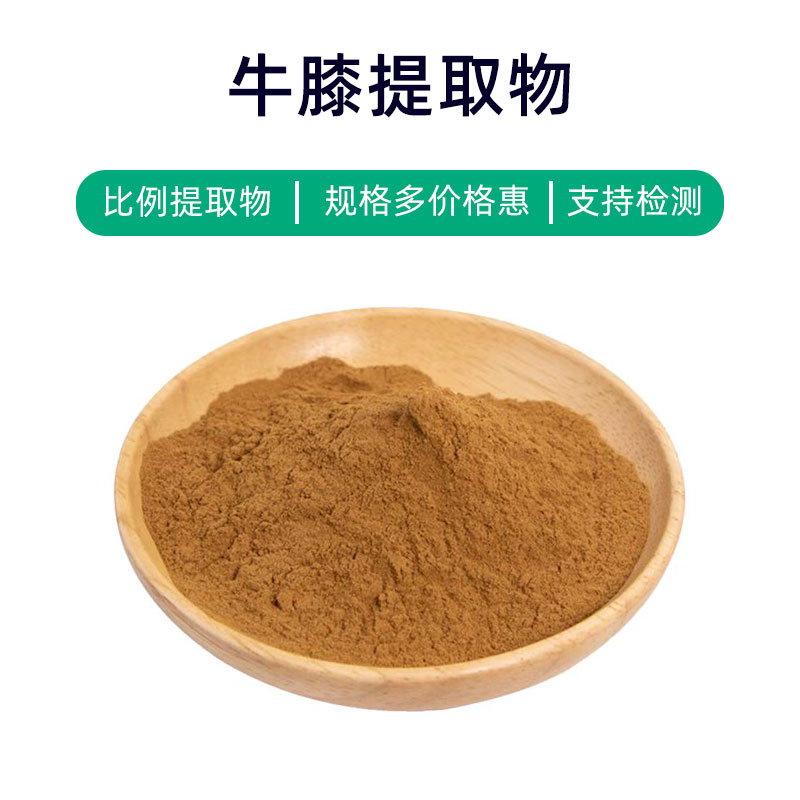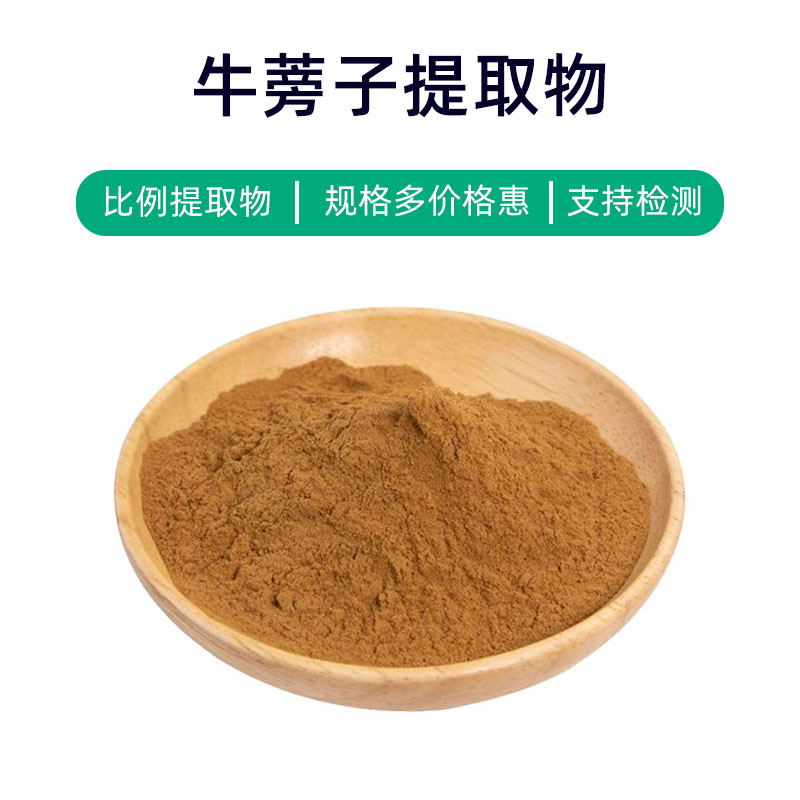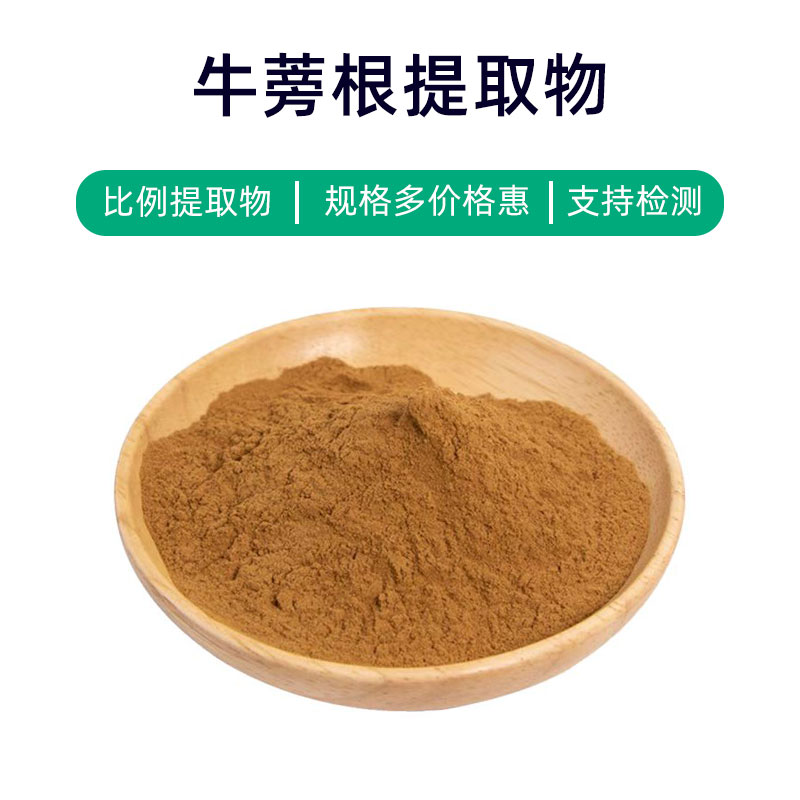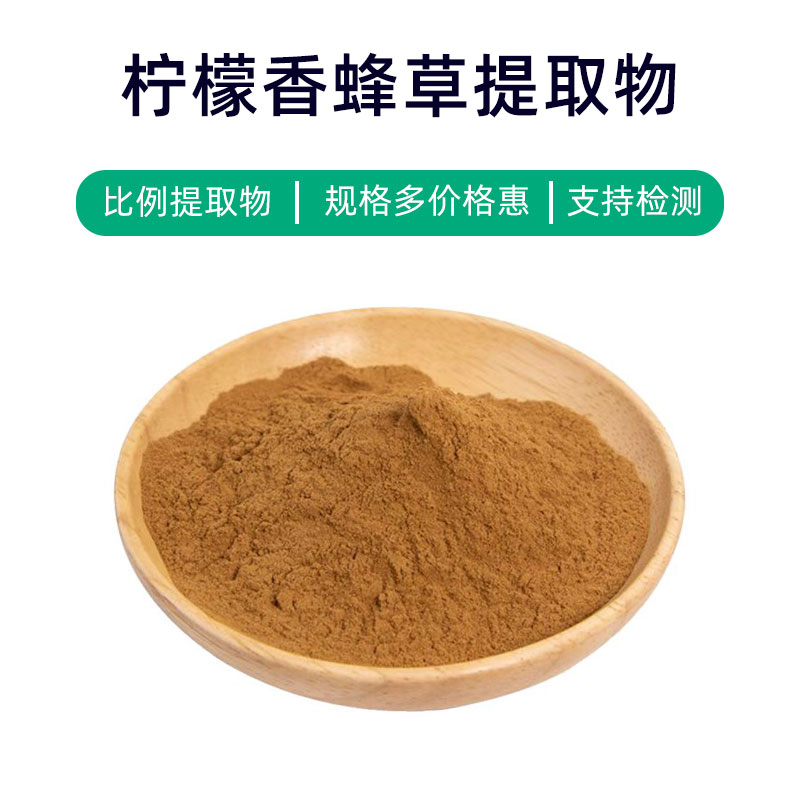Introduction to Lonicera Extract
Lonicera extract is a natural plant extract derived from the flowers and leaves of the Lonicera japonica plant. Its main components include active ingredients such as polyphenols, flavonoids, volatile oils, and polysaccharides. Lonicera extract offers various benefits, primarily including antioxidant, anti-inflammatory, and beauty-enhancing effects. Its antioxidant properties help combat free radical damage and slow the aging process, making the skin appear younger and firmer. Its anti-inflammatory effects can soothe skin discomfort and reduce symptoms like redness and itching. Additionally, Lonicera extract nourishes the skin, increases moisture, improves skin texture, and enhances softness and smoothness. In the cosmetic sector, Lonicera extract is commonly used in skincare products, masks, and lotions to enhance efficacy and impart a healthy glow to the skin. In medicine, Lonicera extract is also employed in some anti-aging and anti-inflammatory medications to aid in the treatment of related conditions.
Production Process of Lonicera Extract
The production process of Lonicera extract generally includes the following key steps:
- Raw Material Preparation: Fresh Lonicera plants, including flowers and leaves, need to be prepared. These plants must be selected and cleaned to ensure quality and purity.
- Extraction: The prepared Lonicera plants are placed in extraction equipment, using suitable solvents (such as ethanol or water) for extraction. During the extraction process, temperature, time, and solvent ratio are controlled to maximize the extraction of target active ingredients.
- Filtration: The extract is filtered to remove plant impurities and solid particles, resulting in a clearer liquid extract.
- Concentration: The primary extract liquid is concentrated to remove most solvents, yielding a concentrated extract.
- Refinement: The concentrated extract undergoes refinement, which may include re-filtering, crystallization, and freeze-drying to enhance purity and stability.
- Testing: The refined extract is quality tested for active ingredient content, microbiological presence, heavy metals, and other indicators to ensure compliance with relevant standards and regulations.
- Packaging: The quality-compliant Lonicera extract is packed in appropriate containers, such as sealed glass bottles or aluminum foil bags, to prevent contamination and oxidation.
- Storage: Once packaged, the extract should be stored in a cool, dry, light-protected environment, avoiding high temperatures and direct sunlight to maintain its stability and the integrity of active ingredients.
Overall, these steps are critical for ensuring the quality and safety of Lonicera extract.
Efficacy and Side Effects of Lonicera Extract
Lonicera extract has gained a lot of attention in traditional medicine due to its rich medicinal value. Here are its main benefits and effects:
- Antioxidant Effects: Lonicera extract is rich in various antioxidants, such as polyphenols and vitamins, which help inhibit free radical activity, delaying aging and cellular damage.
- Anti-Inflammatory Activity: Research indicates that Lonicera extract has anti-inflammatory properties, which can alleviate inflammatory responses and symptoms related to inflammatory diseases, such as arthritis and dermatitis.
- Immune Modulation: The active components in Lonicera extract can help regulate immune system function, boosting the body’s resistance to infectious diseases.
- Liver Protection: Studies show that Lonicera extract offers protective benefits to the liver, helping reduce liver damage and promote liver cell regeneration, which may be effective in preventing and treating liver diseases.
- Blood Sugar Regulation: Some research indicates that Lonicera extract may have a role in lowering blood sugar levels, assisting in blood sugar control, and providing some supportive treatment for diabetes patients.
- Circulation Promotion: Active ingredients in Lonicera extract can enhance blood circulation and improve microcirculation, helping relieve symptoms of cardiovascular diseases such as coronary artery disease and hypertension.
- Antibacterial Properties: Lonicera extract exhibits antibacterial effects, inhibiting certain bacteria and fungi, making it useful for preventing and treating infections.
- Sedative Effects: Some studies suggest that Lonicera extract can have calming effects, alleviating symptoms related to anxiety and insomnia.
Despite its numerous benefits, precautions should be taken regarding potential side effects and contraindications. It is advisable to consult a healthcare professional before using Lonicera extract or related medications to avoid adverse reactions due to individual differences or misuse.
Application Scenarios and Dosage of Lonicera Extract
Lonicera extract has a wide range of applications in pharmaceuticals, food, and cosmetics. Below is a focus on its application scenarios, usages, and dosages in each field:
Applications in Pharmaceuticals:
- Treatment of Digestive System Diseases: Lonicera extract is used in treating digestive conditions like gastritis and gastric ulcers. The common administration method is oral, with forms including liquid and capsules; typically, adults take 10-20 mL per dose, with adjustments for children.
- Cardiovascular Health: Lonicera extract can support cardiovascular health by helping lower blood lipids and improve microcirculation. The usual method is oral, with doses of 10-20 mL taken 2-3 times a day.
- Immune Regulation: It has benefits in enhancing immune function and preventing infections, with usual oral dosage of 10-15 mL taken 2-3 times daily.
Applications in Food:
- Health Supplements: Lonicera extract can be used to formulate health supplements such as liquid supplements and nutritional products. Dosage depends on specific product formulations, and it is advised to follow the provided instructions.
- Functional Foods: Lonicera extract can be added to various functional foods aimed at regulating blood sugar and lowering blood lipids. Dosages need to be based on specific product formulations.
Applications in Cosmetics:
- Skincare Products: Lonicera extract can be utilized in skincare products for its antioxidant, moisturizing, and anti-aging benefits. The typical application is topical, with instructions provided based on specific formulations.
- Hair Care Products: Shampoos and conditioners containing Lonicera extract can nourish hair and maintain health. Usage should follow product instructions.
In summary, Lonicera extract is commonly used in medicine for treating diseases, where dosage and use should follow medical advice, while in food and cosmetics, it’s utilized for health and beauty, with dosage and usage determined by product specifics. Consulting healthcare professionals is recommended to avoid adverse effects.
Introduction to the Source Plant of Lonicera Extract: Distribution and Growing Environment
Lonicera (scientific name: Atropa belladonna) is a perennial herbaceous plant belonging to the nightshade family and is considered toxic. Here are details about the source plant of Lonicera extract, its distribution, and growing environment:
Plant Description:
Lonicera grows approximately 1-2 meters high and is highly toxic. Its leaves are oval, opposite, with serrated edges. The flowers are funnel-shaped, purple or dark purple, and toxic. The fruit is a round berry with a deep purple color. The entire plant emits a distinctive odor and has a well-developed root system.
Distribution:
Lonicera is native to Europe, North Africa, and parts of Western Asia, and is commonly found in temperate regions. It has since been introduced to various parts of the world, including Asia, North America, and Australia.
Growing Environment:
- Habitat Type: Lonicera prefers cool, damp environments, typically growing at the edges of forests, hills, valleys, and riverbanks.
- Soil Requirements: While not strict about soil conditions, Lonicera favors fertile, well-drained soils and can grow in acidic, neutral, or alkaline soils.
- Light Requirements: Lonicera thrives in semi-shaded environments and does not require full sunlight, making it suitable for growth under tree shade or in partially shady locations.
- Climate Requirements: Lonicera is adaptable and not demanding in terms of climate, able to thrive in warm summers and cool winters, though it does not tolerate dry climates well.
In summary, Lonicera is a perennial herbaceous plant that grows in cool, damp environments and has flexible soil and climate requirements. Originally from Europe, it has been introduced globally, including in Asia and North America.
Processing and Storage of Lonicera Extract
The processing and storage of Lonicera extract are crucial steps to ensure its quality and stability:
- Processing Steps: The processing typically involves harvesting, cleaning, grinding, soaking, filtering, concentrating, and drying. Throughout this process, temperature, humidity, and processing time need to be tightly controlled to ensure the purity and stability of active components in the extract.
- Storage Conditions: Lonicera extract should be stored in a dry, cool, well-ventilated area, protected from direct sunlight and high temperatures. It is best kept in sealed containers to prevent moisture and outside contaminants.
- Storage Temperature: It is recommended to keep Lonicera extract at room temperature, avoiding extreme high or low temperatures that could affect its quality and the stability of active components.
- Moisture Prevention: As Lonicera extract is sensitive to humidity, it should ideally be kept in a non-humid environment to prevent moisture absorption or mold growth.
- Sealed Packaging: For long-term storage, consider sealing Lonicera extract to extend its shelf life and minimize exposure to oxygen and moisture.
In conclusion, careful control of conditions, including temperature, humidity, and packaging methods during the processing and storage of Lonicera extract, is essential to ensure its quality and stability.
Monica Sun is a seasoned expert in the plant extraction industry with over a decade of experience in research and production. She specializes in the extraction and purification of plant active ingredients, focusing on driving innovation in natural product applications. Monica has participated in the development of multiple functional plant extracts, delivering high-value natural raw material solutions for the health food, pharmaceutical, and dietary supplement sectors.









